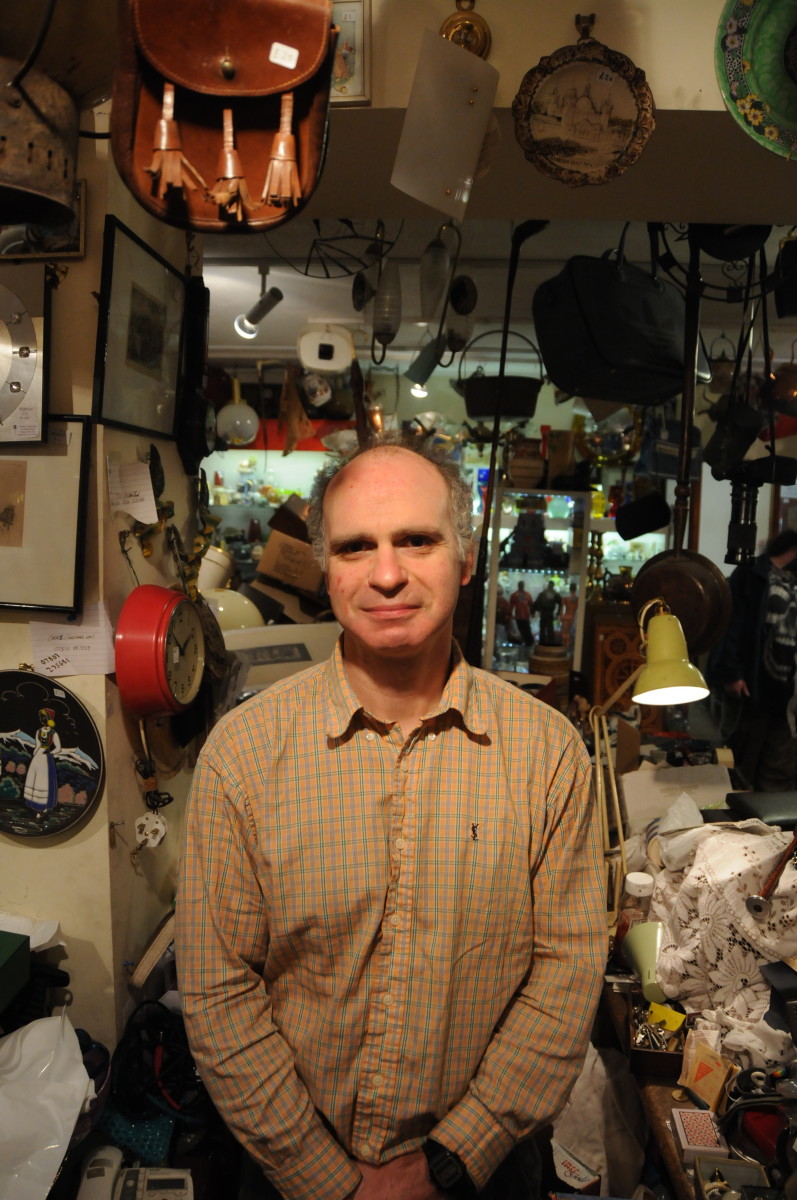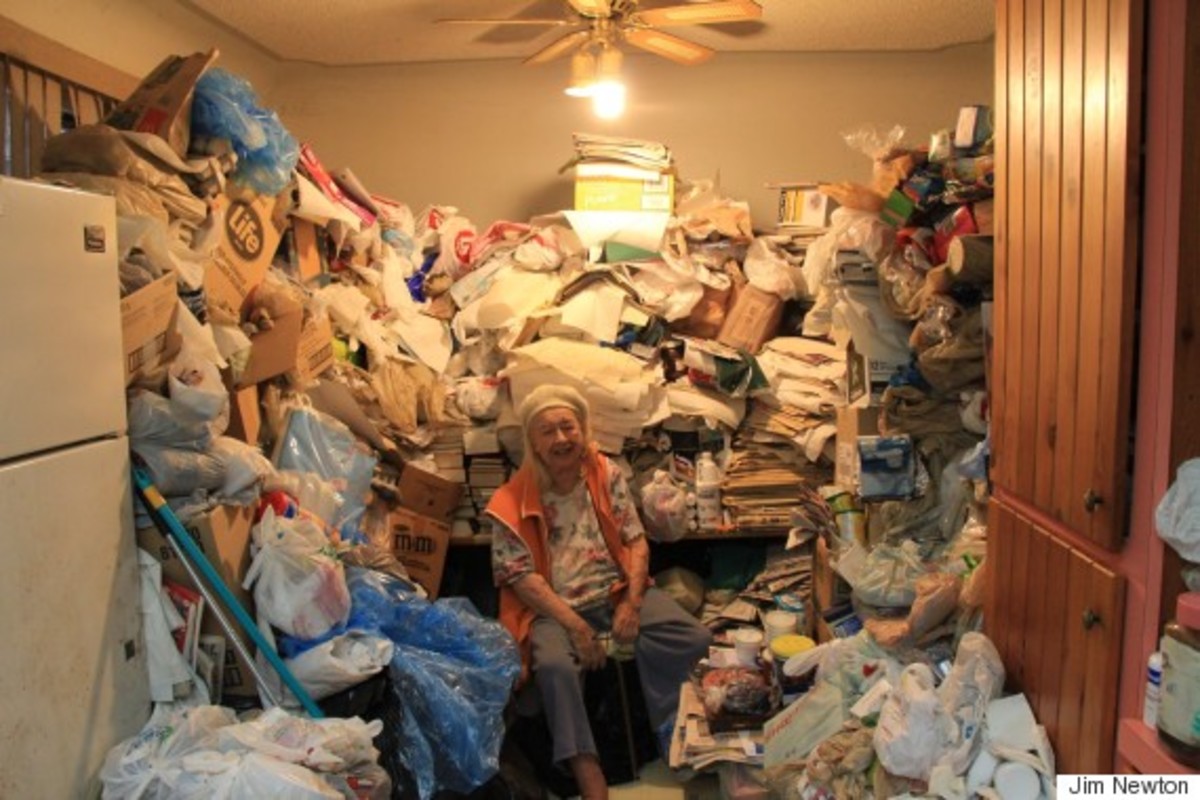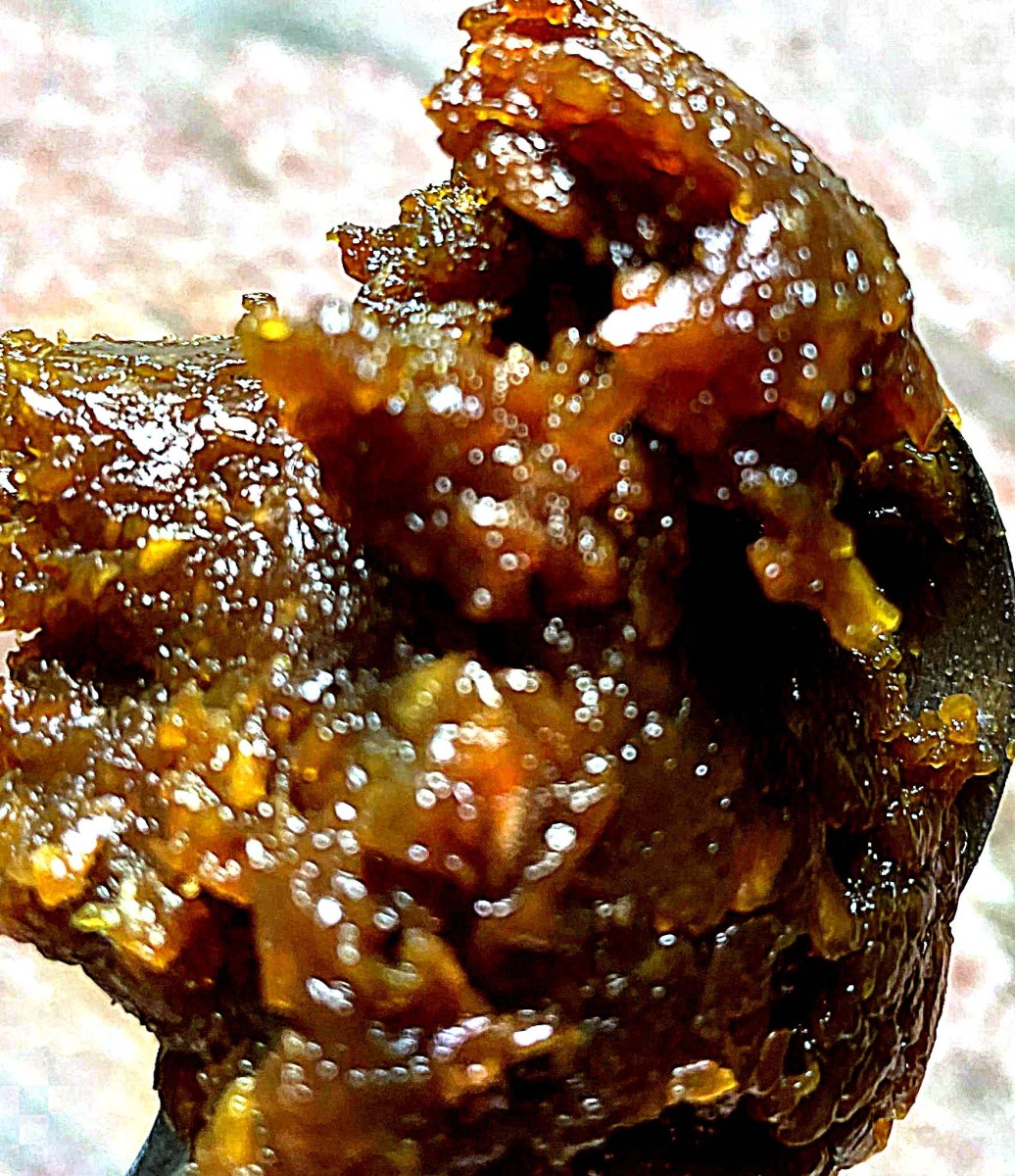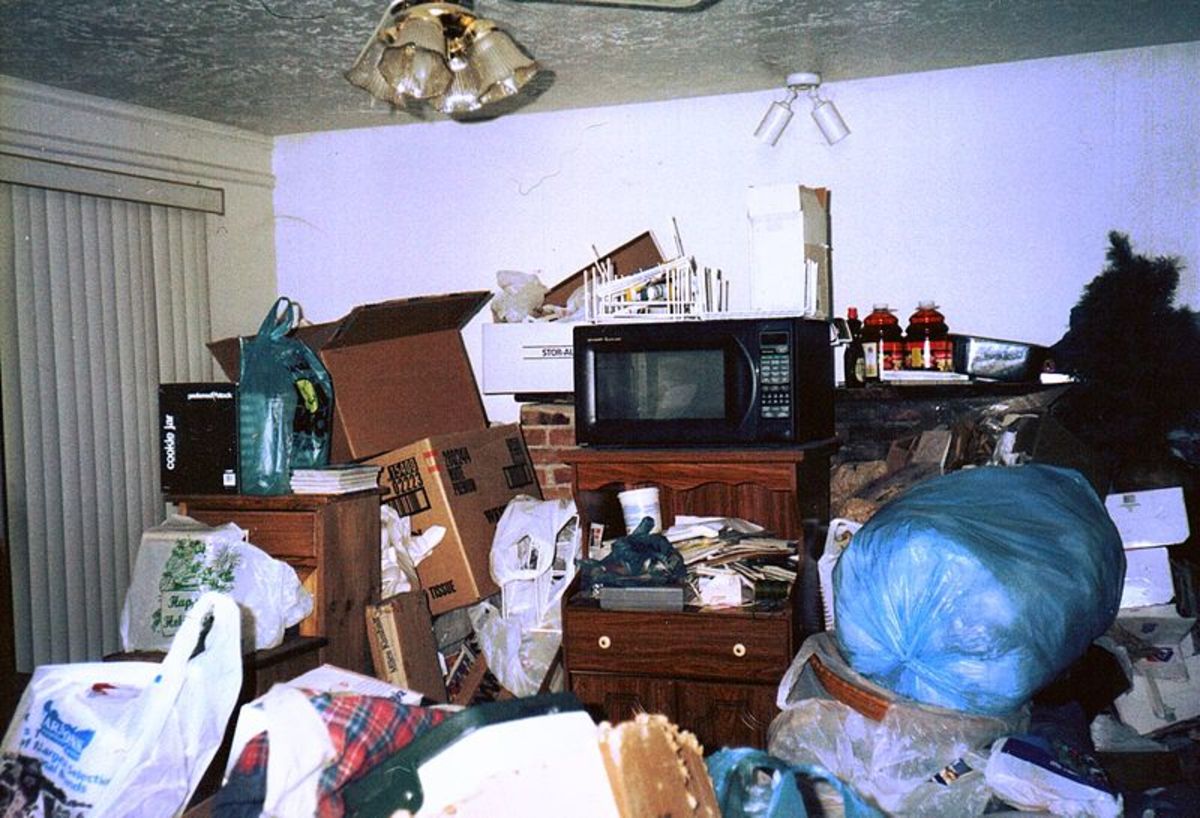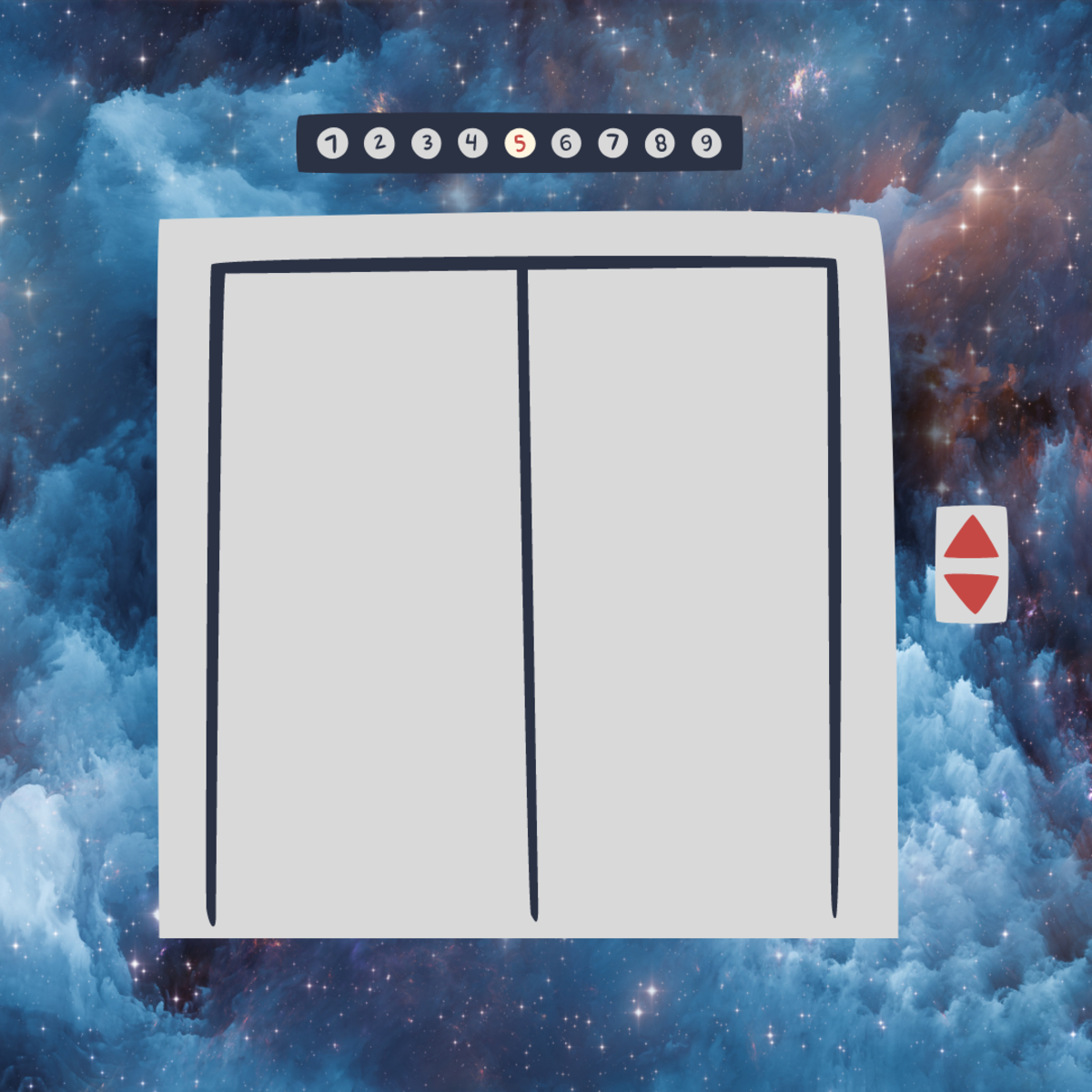Why Do People Hoard Stuff?
Are we clutterers or are we hoarders?
Fans of A&E TVs reality show “Hoarders” watch in horrified fascination as marriages fall apart, families are evicted and health deteriorates – all the result of hoarding, the inability of some people to let go of their belongings, even when those objects have outlived their usefulness.
For Benjamin Franklin and other founders of this country, thrift was a virtue. But when does being thrifty and saving potentially useful objects become the very serious obsessive-compulsive disorder of hoarding?
My parents grew up during the Great Depression. Dad was born in 1930; mom in 1932. No doubt that influenced their behavior, albeit in totally opposite directions. Dad was thrifty and saved random nails, pieces of foil and plastic bread bag ties. Mom, on the other hand, was just a spendthrift.
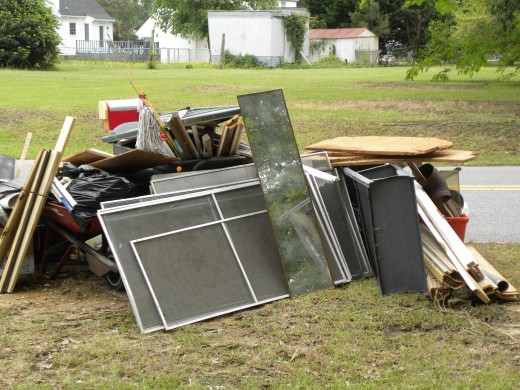
35 years of "stuff"
When my parents moved from Michigan to North Carolina when they were in their 50s, they must have moved 35 years of “stuff” with them. My dad survived my mother’s 2003 death by 5 years. After his passing, one of my siblings went down to start cleaning out the house and ended up filling a small dumpster full of junk. A year later, I went out to spruce up the house for sale and could have filled a small dumpster myself.
I cleaned out 2 sheds and a garage, lugging old screens, pieces of a metal fireplace insert and part of an old sliding door frame that must have been at least 10 years old. The most challenging item to dispose of was paint: 30 gallons, 50 pints and about 2 dozen spray cans, all in varying stages of fullness.
I had to wonder what he was thinking of, keeping a dozen empty rusty paint cans. Didn’t he know anything about feng shui?
The same propensity to save too much stuff seems to be a part of my and my husband’s genetic make-up as well but one I can manage easier than he can. Fortunately for us, we lived a military life for 20 years and could only move a certain number of pounds of household goods. So every two years or so, items were tossed, given away or sold.
I no longer have the luxury of a military move to use as a means to get my husband to purge junk from the house. But if I had my way, I would pitch at least half of what’s in my house.
Our emotional connection to “stuff”
Most people tend to let clutter build up. We get busy with work or other obligations and let the mail pile up for a couple days or maybe throw the clean clothes on the end of the bed until we get time to fold them.
But we walk the edge when we keep clocks that no longer keep time, just because they once belonged to a grandparent. Or we save unopened model kits because “someday” we’ll start that project. In those circumstances, there is an element of emotion involved.
If we throw out that clock, does that diminish the relationship we had with our beloved grandparent? If we get rid of that model kit, maybe it means we are no longer the same person who was interested in that hobby. And then who would we be?
Step over the edge and hoarding comes into the picture.
According to Mike Nelson, author of Stop Clutter from Stealing Your Life and originator of Clutterless Recovery Groups, less than 1% of the population is a true hoarder. True hoarders, he says, can’t make rational decisions about what is useful and what is not; obsesses about their stuff and are compelled to collect it; and are unaware that their behavior is negatively impacting their lives.
Becoming a hoarder doesn’t happen overnight but it will take professional help to overcome it, including cognitive-behavioral therapy and medication.
Where do you fall on the clutter-to-hoarding continuum?
Concerned about the amount of clutter in your home? Take this quiz to help you determine if you're a hoarder or just have clutter.


